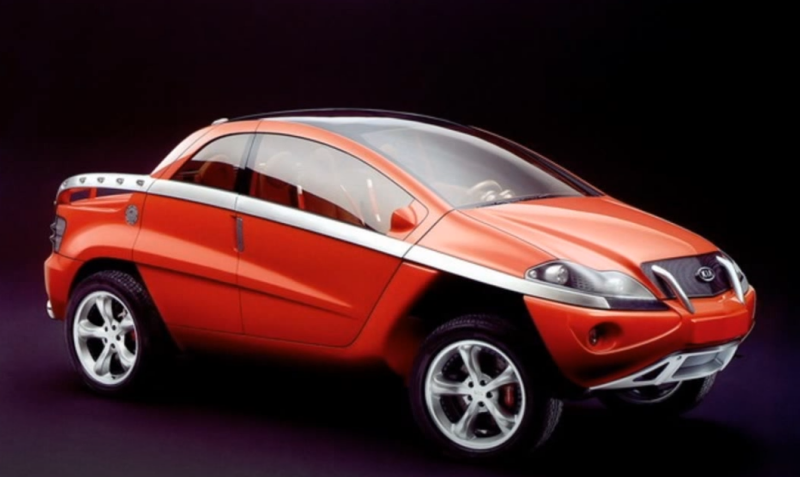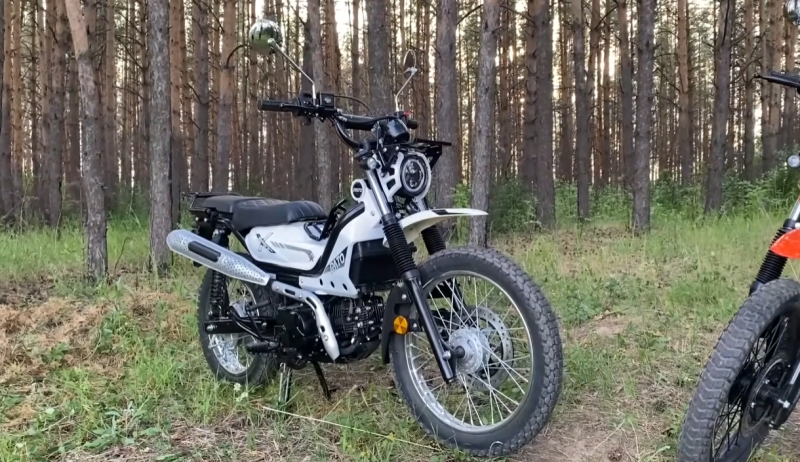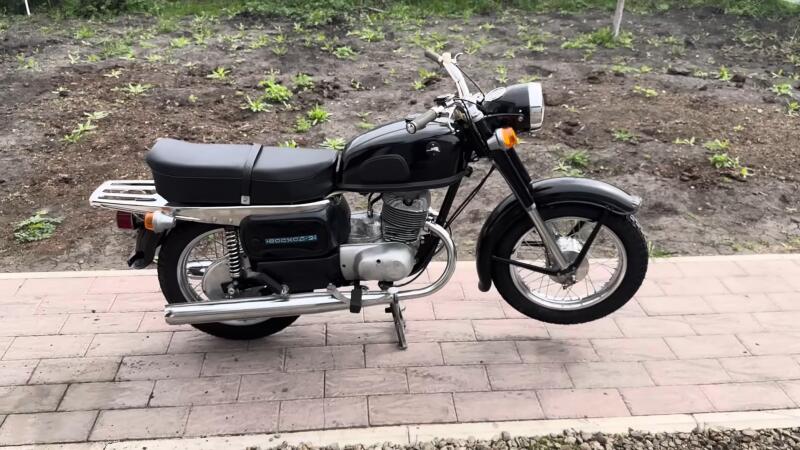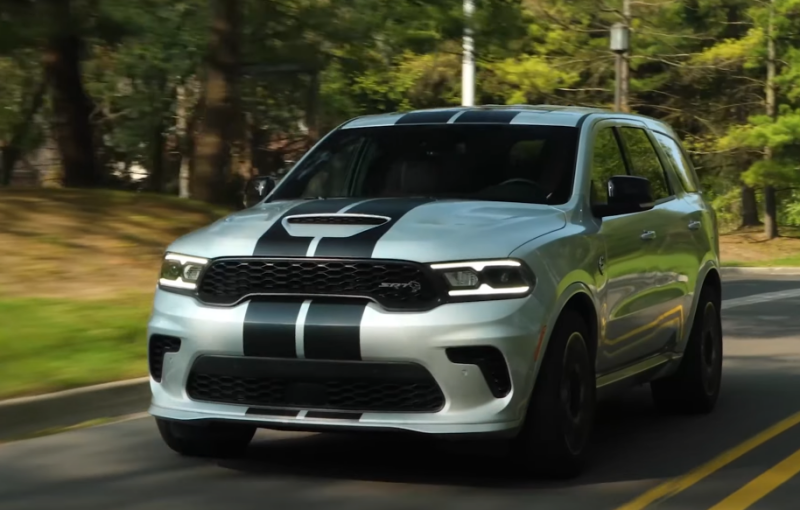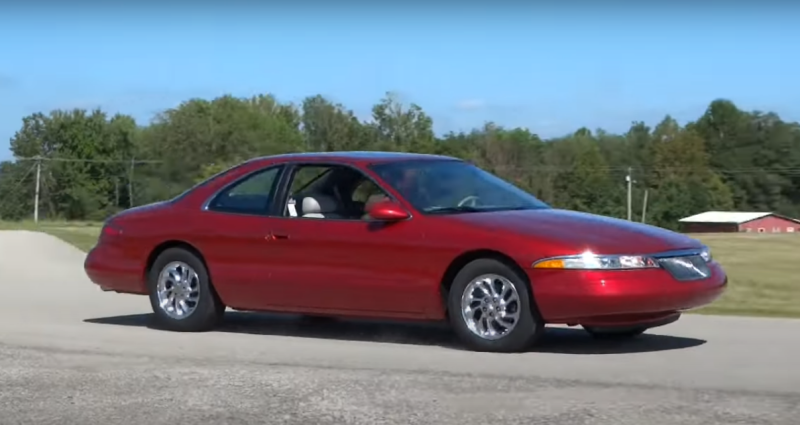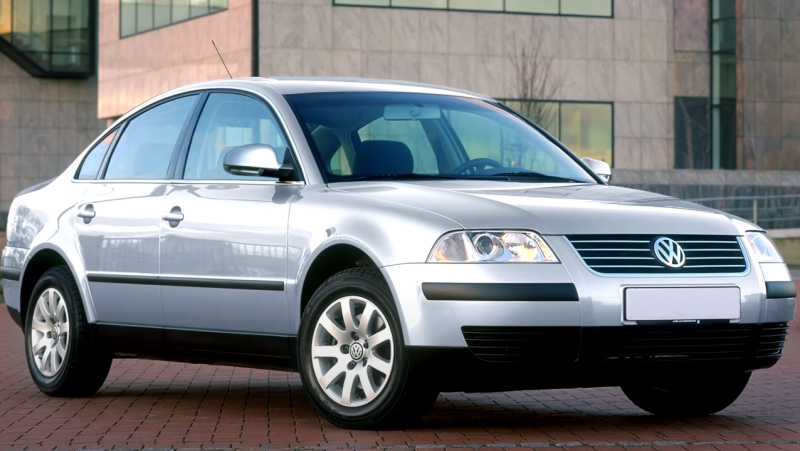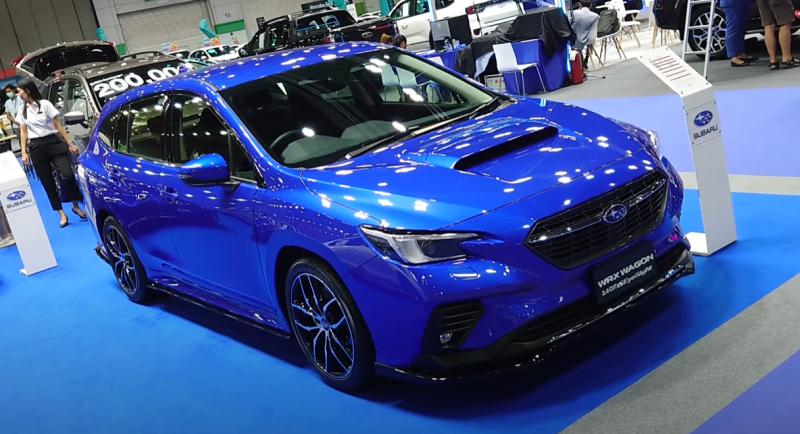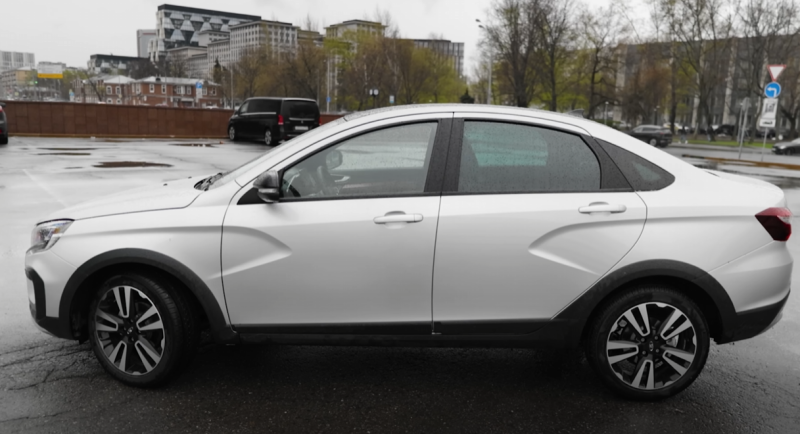Choosing between the conditional "empty" Ford or Volkswagen and Korean cars, our motorists often leaned towards the latter. It's okay that they were not considered particularly prestigious.
However, in terms of corrosion resistance, Korean cars were seriously inferior to European and even American models. But this is normal for people from Asia - the "Japanese" in this regard also do not stand out.
 Modern Kia Rio X. Photo: Youtube.com
Modern Kia Rio X. Photo: Youtube.comNow in Russia, Kia are considered reliable and trouble-free. The standard of the brand are the Rio and Sportage models - they are the most on sale. The first is a popular budget car, the second is a crossover.
But Kia engineers periodically developed interesting and stylish prototypes that never went into production. Today we will talk about them, paying more attention to the KCV family - they are the most interesting.
A bit of history
Few people know that the Korean company Kia appeared back in 1944. True, she was originally engaged in the production of steel pipes. But even then, the manufacturer was making parts for bicycles. Around the mid-60s, the Kia plant mastered the assembly of trucks from foreign components. For 5 years, the Koreans were able to carry out global localization and ceased to depend on foreign companies.
 And the Koreans also had such an interesting SUV model, serial, by the way. Photo: Youtube.com
And the Koreans also had such an interesting SUV model, serial, by the way. Photo: Youtube.comKia passenger cars have been produced since 1974. The manufacturer immediately took a leading position in the local market. A number of circumstances contributed to this:
✅ Ban on the import of foreign cars
✅ Cheap labor
✅ Low price
Having established itself in the domestic market, the brand began to export its cars abroad. There they also began to gain popularity due to cheapness, simplicity and reliability. Since the mid-80s, the South Korean brand has been making interesting prototypes.
Early attempts
The KMX-90 is the first known concept from Kia in 1984. This is a strange three-door hatchback that looks more like a Citroen XM. Although, the French model debuted only in 1989.
 It seems that the French developed the KMX-90 concept. Photo: Youtube.com
It seems that the French developed the KMX-90 concept. Photo: Youtube.comKia KMX-02 is already an attempt to make a full-fledged luxury sedan. This car was introduced to the public in 1990. There is almost no information about him. Outwardly, it was something streamlined, an attempt to combine a sports model with a large sedan.
Kia KEV-4 is a compact car that debuted in 1995. Outwardly, it is somewhat similar to the Mazda MX-3, but somehow ridiculous. But the uniqueness of this concept is different:
✅ It's a hybrid
✅ The car's air conditioner was solar powered
✅ All body panels are made of fiberglass
For those years it was a breakthrough. But such an innovative car did not fit in with the image of Kia. It seems that no one was going to launch the model in the series, although they probably only know about this in the management of the South Korean company.
 Kia KMX-3 shows what the modern Niva should have become. Photo: Youtube.com
Kia KMX-3 shows what the modern Niva should have become. Photo: Youtube.comKia KMX-3 appeared in the same 1995. This prototype looks more like a beach crossover.
Kia KMS-II is already a stylish pseudo-sport roadster. Appeared in 1996. Of course, with a 1,8-liter engine with 138 hp. With. sports in it is not enough, but the car looked stylish.
Kia KMS-III - continuation of the topic. Only it was already a prototype coupe, shown in 1997.
Kia KMX-4 is a minivan with 6 seats. Got a glass panoramic roof, automatic transmission and navigation.
 Kia KMS-II still looks modern. Photo: Youtube.com
Kia KMS-II still looks modern. Photo: Youtube.comThe 1998 Kia Genesis is another family minivan, but with a cross-country ability. Outwardly, it looks frankly provocative, it does not differ in beauty. Got a powerful V6 engine with a volume of 3,5 liters.
Kia KMS-4 is a sports prototype shown in 1999. Equipped with a 2,0-liter engine with a capacity of 151 hp. With.
Kia KCV
In 2001, the first concept of a new series appeared - KCV. When creating a prototype, the South Korean brand pursued the idea of making a universal family car.
 Now it’s clear where the design of the Nissan Murano comes from. Photo: Youtube.com
Now it’s clear where the design of the Nissan Murano comes from. Photo: Youtube.comIt turned out not some kind of minivan, but rather a crossover. If we take something serial, then the concept is closest to the Chrysler Pacifica prototype.
The car did not go into the series, but the ideas were embodied in the future crossovers of the South Korean brand.
Kia KCV-II
The next prototype had nothing to do with the previous one, despite the name. If the first concept was a family spacious crossover, then the second is a stylish beach SUV.
Prototype Features:
✅ "Cartoon" rounded design
✅ Front lambo doors
✅ Quadruple pickup
As for the last point, this is rather done to attract attention - the luggage platform of the Kia KCV-II is small.
The car was shown in Paris in 2002. Despite the fact that designer Carlos Arroyo combined a pickup truck, an SUV and a sports car in one prototype, the public appreciated the concept.
 Almost a full-fledged pickup truck, only a small one. Photo: Youtube.com
Almost a full-fledged pickup truck, only a small one. Photo: Youtube.comAccess to the second row of seats was not difficult. The Kia KCV-II also had rear doors, which opened against the movement.
By the way, during the creation of the car, the manufacturer arranged a full-fledged competition among designers, however, internal. The prototype was positioned as a model for young but wealthy clients.
In 2002, visitors to the Paris Motor Show were confident that the Kia KCV-II would go into series production. This car for the concept was very well calibrated. The rear seats, for example, folded down. The cargo platform could expand at the expense of the passenger compartment - this is an unusual solution for pickups.
KCV-III
After the triumphant debut of its "beach" concept, Kia again decided to return to sports cars. In 2003, they introduced a stylish two-door convertible aimed at the US market. Of course, provided that it becomes serial, which did not happen.
 An excellent city "lighter" turned out. Photo: Youtube.com
An excellent city "lighter" turned out. Photo: Youtube.comJudging by the landing formula 2 + 2, Kia KCV-III was planned to be put on the conveyor. Of course, the rear row of the car is rather nominal, but this is normal for convertibles.
The prototype has a three-piece hard top. It is transparent and retracts into the trunk automatically - after pressing the button.
A prototype was developed at the Hyundai-KIA Group center, and it was made by specialists from the French company Heuliez. By the way, this company no longer exists.
The KCV-III was not a sports car in the full sense of the word. This again hints that the manufacturer wanted to launch the model in a series.
Under the hood, the car has a standard two-liter naturally aspirated gasoline engine. No turbines - power 146 liters. With. Everything Kia loves for is simplicity, interchangeability with other models, and low cost to repair.
The concept was distinguished by a high level of emergency training. For example, the airbags only deployed when there was a passenger on their side. Moreover, they were also disclosed in accordance with the type and severity of the accident.
 Start the series right now! Photo: Youtube.com
Start the series right now! Photo: Youtube.comThe body of the Kia KCV-III was developed using a number of impact zones. And the car received light and rain sensors.
Unfortunately, the model never became serial. It was not released in several copies. Although, such cars, even from Japanese manufacturers, have never been commercially successful.
They were released rather to raise the level of brand prestige. The Koreans decided that it was too unprofitable for them. After all, the prototypes were already able to demonstrate the capabilities of Kia.
After the KCV series, the brand has repeatedly released concepts. But such bright prototypes no longer appeared. It's a pity…
